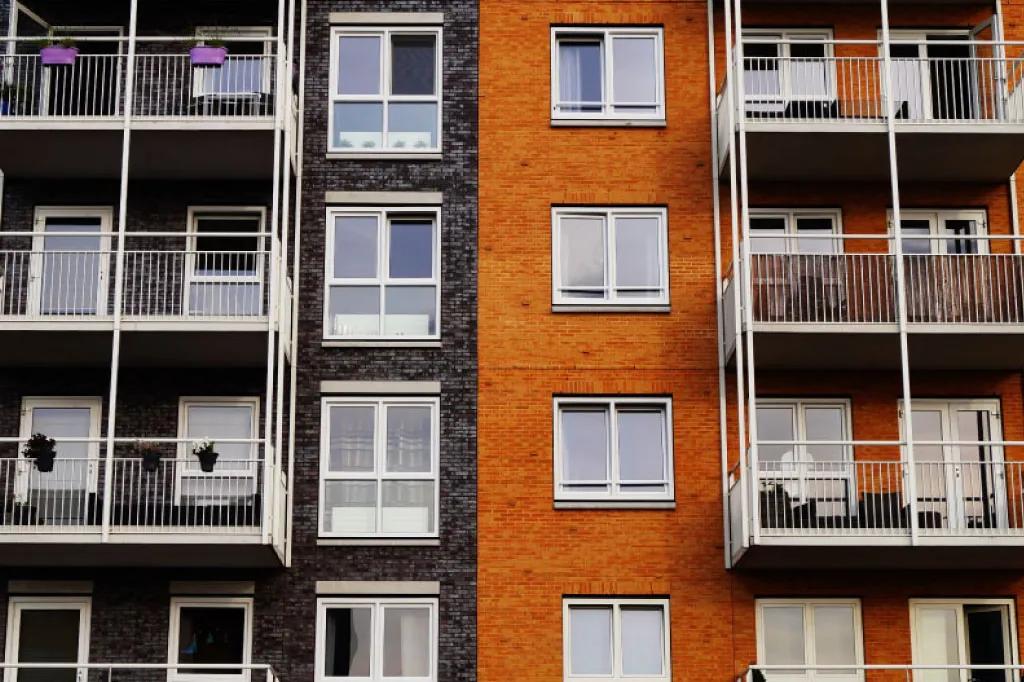Housing Affordability A Concern for M40 and B40 Groups
Residential property prices in Malaysia have been rising in recent years. A report published by the National Property Information Centre (NAPIC) indicated that the residential price index was at an all-time high in 2017 and is expected to continue to rise.
The Malaysian House Price Index rose 89.4% from 97.2 points in the first quarter of 2010 to 184.1 points in the second quarter of 2017. Meanwhile, the Terraced House Price Index accelerated from 102.1 points in 2010 to 186.7 points in 2017, while the High-rise Price Index increased to 197.8 points in 2017 from 99.5 point in 2010. These indices show a worrying trend, especially for young adults and growing families looking to buy their own homes, more so for the low-income group.
According to a Bank Negara Malaysia report, only 21% of new residential properties were priced below RM250,000 in 2017. There is a clear mismatch between demand and supply of homes in some sectors.
NAPIC reported that in 2017, a total of 6,050 residential properties priced below RM250,000 were launched while only 1,028 units were sold. For those priced above RM250,000, the total number of units launched and sold was 22,347 and 5,747 respectively.
Bank Negara said there is an undersupply of residential units priced below RM250,000. This could explain why many middle- and low-income earners’ cannot own a home.
According to the Department of Statistics Malaysia, M40 and B40 households’ median income is RM6,275 and RM3,000 respectively (the mean income is RM6,502 and RM2,848 respectively) and the average household size is four members. The average income for both groups is RM4,637.50.
The middle- and lower-income earners obviously are unable to afford a home, given their low-average income.
Khazanah Research Institute said unaffordability will be a major issue if prices of homes continue to rise. It foresees that middle- and lower-income households will not be able to afford homes if the price-to-income ratio exceeds three.
It is worth noting that the ratio was between 4 and 4.4 from 2014 to 2016. This is perhaps because the household debt percentage in the country was close to 85%.
The Housing and Local Government Ministry, along with Syarikat Perumahan Negara Bhd, recently announced plans to build 100,000 homes for the middle- and low-income groups. However, the rising cost of living and debt, and stagnant income are expected to hinder them from owning a home.
Furthermore, the increase in population will continue to add pressure on housing. According to Worldometers, the population of Malaysia last year was 32.3 million and is expected to grow at 1.5% to 2% annually. The 2016 Census Report of Malaysia revealed that there were 6.9 million households with an average household size of four, whereas in 1980, the size of an average household was 5.22.
Although the average household size has become smaller, the growth rate is continuing to rise and is now comparable to that of other neighbouring countries. This being the case, the demand for residential properties is expected rise in the future and will certainly have a significant impact on the M40 and B40 groups.
To make matters worse, the prices of residential properties in the secondary market are also on an upward trend.
Another reason for the increase in residential property prices is rapid urbanisation in some areas, especially Selangor, Kuala Lumpur, Penang and Johor. Demand from the upper- and middle-income groups in these areas is quite strong as many purchase properties as a form of investment.
When demand goes up, prices will rise. This thus causes a problem for the lower-income groups. Although the government has eliminated the Sales and Services Tax (SST) for housing, the cost of construction remains almost the same. This is because construction materials and property transactions are not SST-exempted. This issue was recently raised by the Associated Chinese Chambers of Commerce and Industry of Malaysia.
Similarly, Master Builders Association Malaysia president Foo Chek Lee highlighted that the removal of the Goods and Services Tax and the imposition of SST have failed to bring down property prices. He said factors such as developers’ profit margin, income levels and overheads could be why property prices remain high.
The residential property market is very important to domestic economy. Residential property provisions should be given priority to help the middle- and lower-income groups in owning homes. A special mechanism is needed to enhance strategies to help these groups achieve their goals.
The involvement of the private sector is crucial in making homes affordable. This was highlighted by Prime Minister Tun Dr Mahathir Mohamad when he said the government welcomes the private sector’s involvement in low-cost housing projects and hoped this would help the nation achieve developed-nation status in 2020.
Dr Hassanudin Mohd Thas Thaker
Lecturer
Department of Economics and Finance
Originally published in The Edge, March 2019




